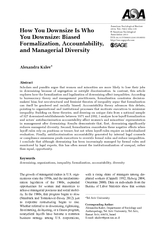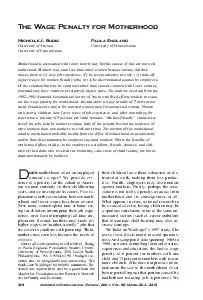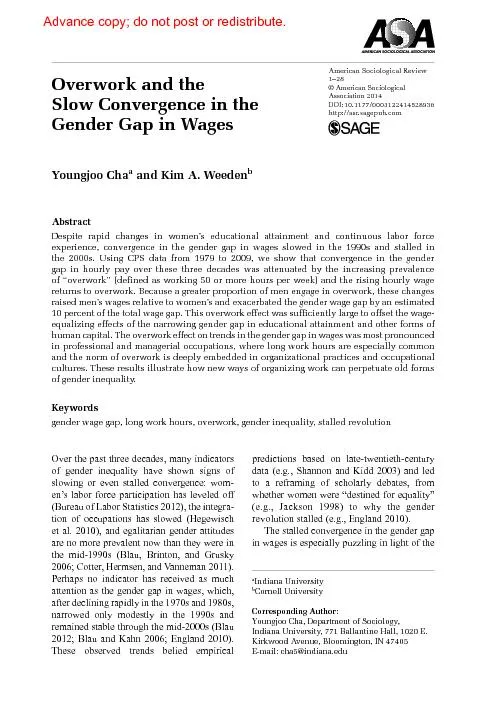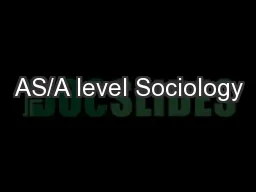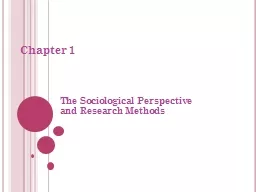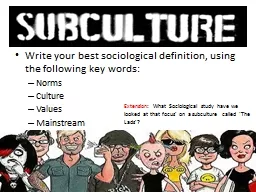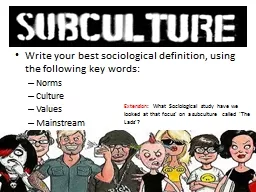PDF-American Sociological Review Vol
Author : ellena-manuel | Published Date : 2015-06-04
791 109 135 American Sociological Association 2013 DOI 1011770003122413518553 httpasrsagepubcom The growth of managerial cadres in US orga nizations since the 1950s
Presentation Embed Code
Download Presentation
Download Presentation The PPT/PDF document "American Sociological Review Vol" is the property of its rightful owner. Permission is granted to download and print the materials on this website for personal, non-commercial use only, and to display it on your personal computer provided you do not modify the materials and that you retain all copyright notices contained in the materials. By downloading content from our website, you accept the terms of this agreement.
American Sociological Review Vol: Transcript
Download Rules Of Document
"American Sociological Review Vol"The content belongs to its owner. You may download and print it for personal use, without modification, and keep all copyright notices. By downloading, you agree to these terms.
Related Documents

